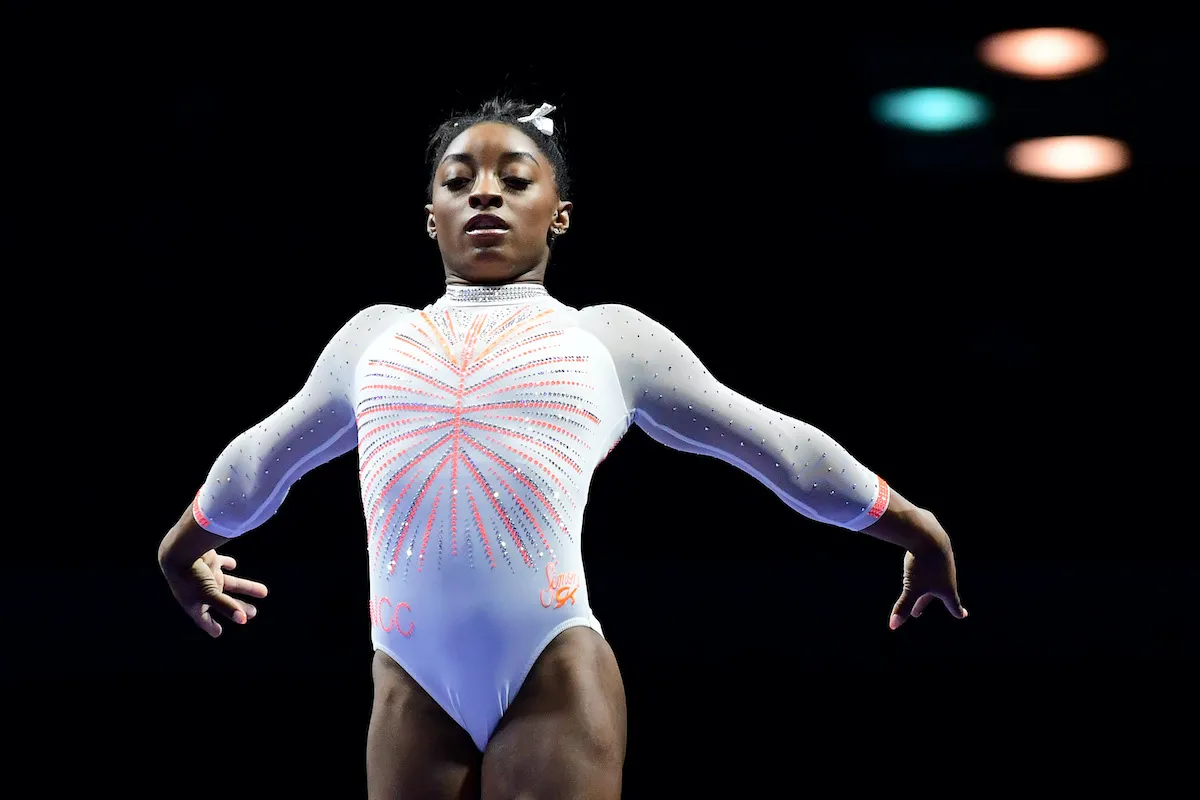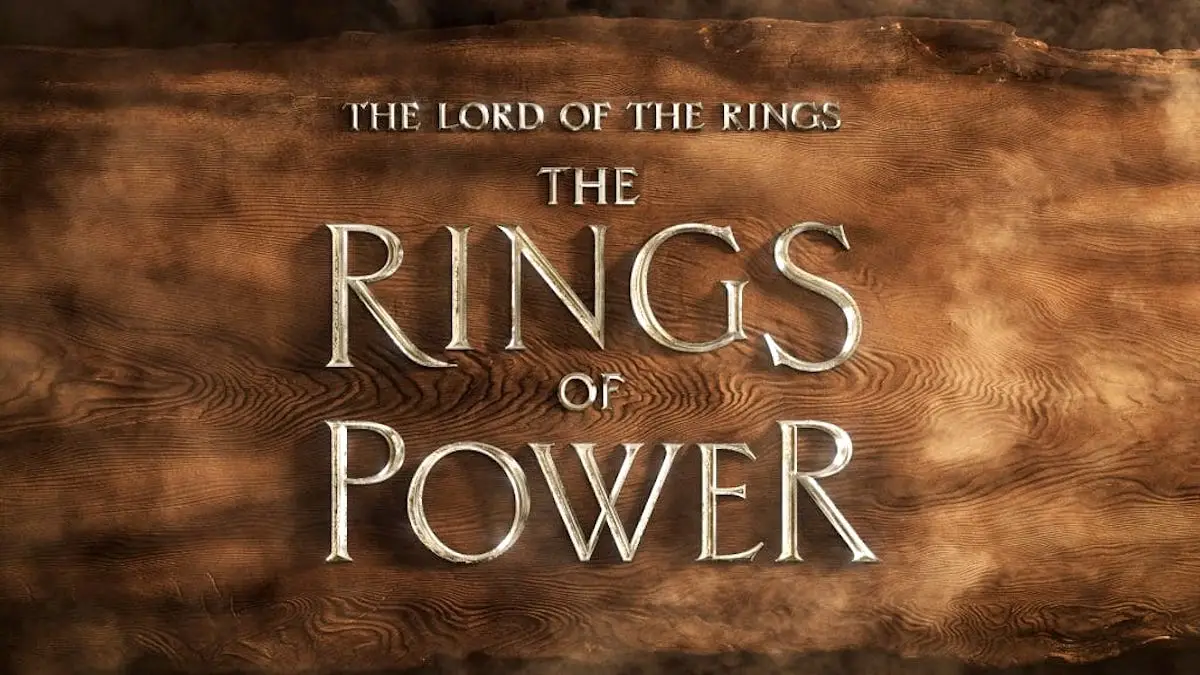Simone Biles performed a new move at the U.S. Classic this weekend: the Yurchenko double pike. She is the first female gymnast to ever attempt the move in competition and naturally, she crushed it.
Simone Biles just landed her Yurchenko double pike in podium training and we are SPEECHLESS. 😮 #USClassic@Simone_Biles @OnHerTurf pic.twitter.com/S9YsasXoXu
— #TokyoOlympics (@NBCOlympics) May 21, 2021
As the New York Times describes:
The Yurchenko double pike is considered so perilous and challenging that no other woman has attempted it in competition, and it is unlikely that any woman in the world is even training to give it a try. To execute it, a gymnast first must launch herself into a roundoff back handspring onto the vaulting table, and then propel herself high enough to give herself time to flip twice in a pike position (body folded, legs straight) before landing on her feet.
The crowd watching Biles went wild but the judges were a different story. Rather than celebrate Biles’ incredible feat, they chose to undervalue the move. They gave her a provisional score of 6.6, which is similar to Biles’ scores for her other vaults, with no added boost for the incredible difficulty of this move.
United States women’s national team coordinator Tom Forster said that the low score “doesn’t seem to be consistent with what they’ve done with other vault values” and Biles agreed but knows there’s no fighting the ruling.
“I feel like now we just have to get what we get because there’s no point in putting up a fight because they’re not going to reward it,” she said, per the Times. “So we just have to take it and be quiet.”
This isn’t the first time judges have undervalued Biles’ vaults for being too advanced. In 2019, there was a story going around that some of Biles’ moves were so difficult that they had been banned from competition. That wasn’t true—they weren’t banned, they were just scored so low that it discouraged athletes from attempting them.
A vault is scored on two components: execution and difficulty. The difficulty is given a letter score of A-J, with J being the most difficult. In the 2019 World Championships, Biles introduced two new moves that were awarded J ratings and a third element—a double-twisting double back—that was only awarded an H.
“That H-valuation was controversial,” writes Olympics.com. “An easier version of that element with just one, instead of two twists, is rated a G. Biles new element was nearly 30 years in the making, with no one attempting to add an extra twist since the full-twisting element was introduced in the 1980s until Biles in 2019.”
The Women’s Technical Committee defended their decision, citing “the risk, the safety of the gymnasts and the technical direction of the discipline.”
“There is added risk in landing of double saltos for beam dismounts (with/without twists), including a potential landing on the neck,” they wrote.
Biles herself summed it all up with her response at the time:
hahahaHAHAHAHAHhahaHahaAhahAhahahaAhahahHAHAahaaaaaaaHa bullshit https://t.co/NAnzBlfh8c
— Simone Biles (@Simone_Biles) October 1, 2019
It’s thought that this weekend’s decision by judges might be due to the same sorts of concerns, both for “safety” of other gymnasts, as well as the “technical direction,” or the risk of letting Biles set too high of a bar. From the Times:
Part of the reason for that might be a concern for the safety of gymnasts not nearly as skilled as Biles — by assigning a dangerous move a low start value, the federation quietly discourages others from risking it. But there also may be a fear that Biles is so good that she might run away with any competition she enters simply by doing a handful of moves that her rivals cannot, or dare not, attempt.
That is absolutely ridiculous and it did not go unnoticed that Biles is at the center of this controversy while certain other athletic prodigies are allowed to excel unhindered.
No one gave Michael Phelps ankle weights.
When it’s a white athlete who towers above the field, we simply praise their prowess.
When it’s a Black athlete, we have to keep it close 😒
— Rev. Dr. Jacqui Lewis (@RevJacquiLewis) May 24, 2021
Michael Phelps, the swimmer who has won more Olympic medals than any other human in history, has actual genetic differences that give him an immense advantage in his sport.
It’s not just his frame, although that helps: He’s tall (6’4″) but his arms are disproportionately long for his height, while his legs are a bit short, and his hands and feet are enormous–basically built-in flippers. Moreover, he’s double-jointed, which gives him a wider range of motion than his competitors, and his body produces about half the amount of lactic acid than the average person, decreasing fatigue and giving him a faster recovery time.
His body is literally built differently than others in his field and he’s celebrated for it. When Black women have a physical advantage, they’re punished.
Take Caster Semenya, South African two-time Olympic champion runner, who was barred from competing in women’s sports unless she took medication to lower her naturally elevated levels of testosterone caused by hyperandrogenism, which she refused to do. Starting at just age 18, Semenya was forced to undergo sex verification tests while being the subject of intense and very public scrutiny and mockery.
This is nothing unusual for Black female athletes, who are far too often treated as if they are constantly under suspicion of cheating just by existing while Black. When they excel, these athletic institutions find ways to push them down. The adage that Black people have to work twice as hard and be twice as good as their white counterparts to still only get half as far is on full display in the sports arena.
Simone Biles knows that’s what happening to her right now. Speaking about the points given to her new elements, she says, “They’re both too low and they even know it. But they don’t want the field to be too far apart. And that’s just something that’s on them. That’s not on me.”
“They had an open-ended code of points and now they’re mad that people are too far ahead and excelling,” she says.
Simone Biles is literally the greatest gymnast of all time. So let her be.
I’m sorry but I can’t believe I competed a double pike on vault
— Simone Biles (@Simone_Biles) May 25, 2021
(via New York Times, image: Emilee Chinn/Getty Images)
Want more stories like this? Become a subscriber and support the site!
—The Mary Sue has a strict comment policy that forbids, but is not limited to, personal insults toward anyone, hate speech, and trolling.—










Published: May 25, 2021 01:41 pm